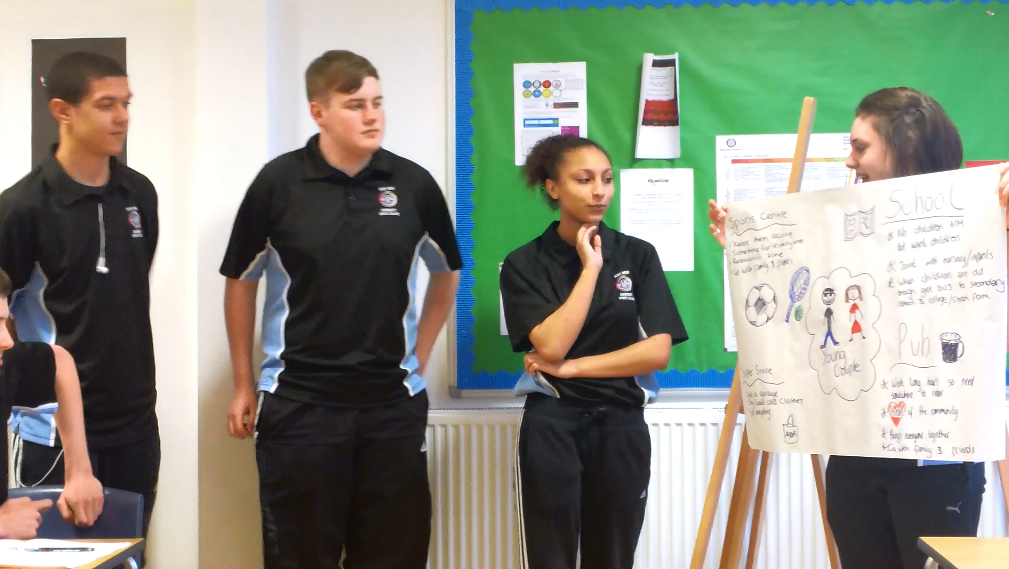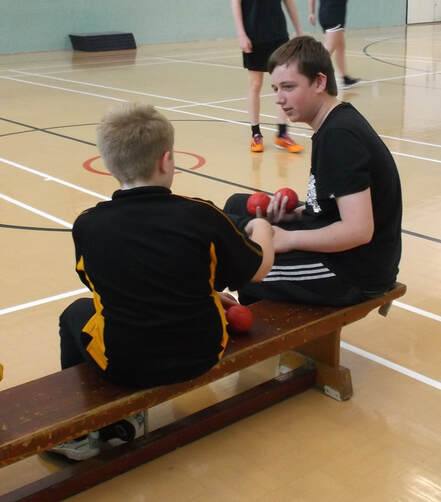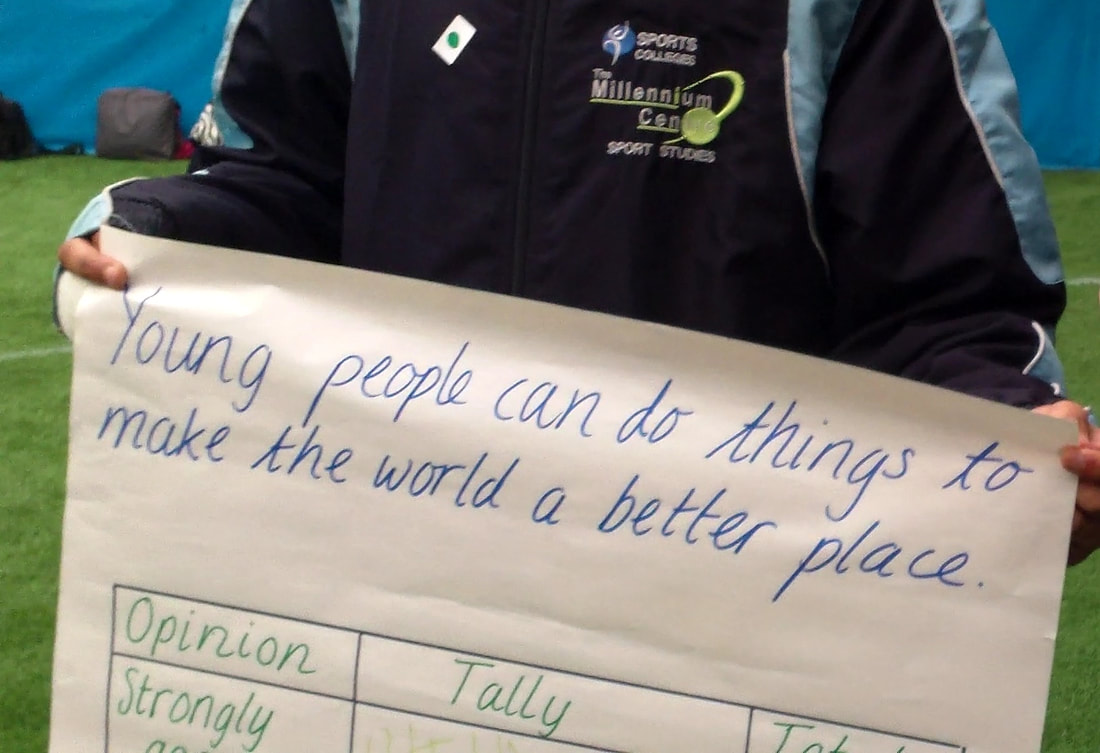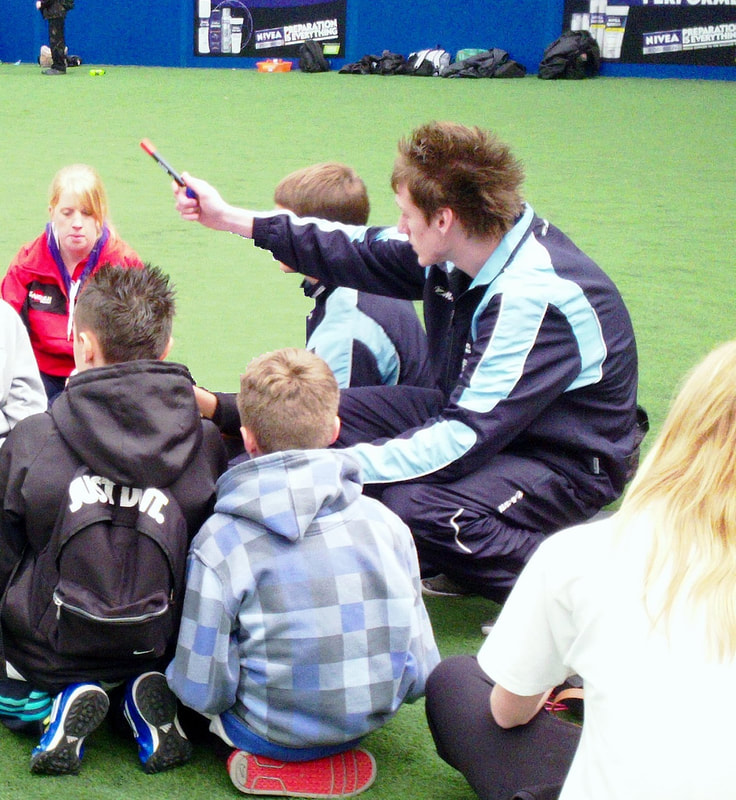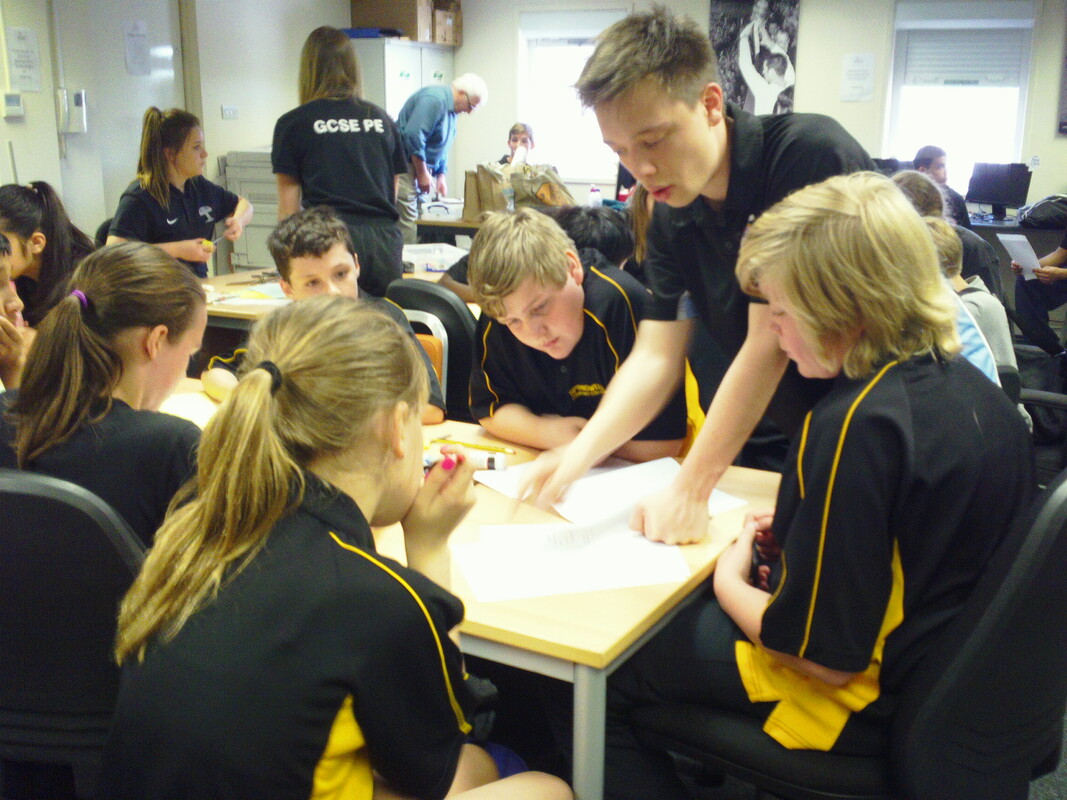Student Leadership
What do we mean by student leadership? Why is it valuable and how can we foster it to improve learning, increase knowledge and enhance values, attitudes and skills?
What do we mean by student leadership? Why is it valuable and how can we foster it to improve learning, increase knowledge and enhance values, attitudes and skills?
|
Traditionally, schools are viewed as institutions where teachers instruct and pupils learn, absorbing the knowledge required to raise their academic attainment and develop the functional skills necessary to fulfil a productive role in society. The teacher is the leader, director and organiser of learning within their classroom and the pupil has a passive role, as the recipient of valuable knowledge. So how can the pupil be a leader within this hierarchy? |
In reality, the school environment is a much more complex arena, built on shared values, expectations and interpersonal relationships, to enable teaching and learning to take place effectively. It is a shared, social space within which all participants influence one another, throughout their time together, in a myriad of ways. “Influencers” are not simply a new phenomenon borne of the social media age, but have always been at work in families, friendship groups, workplaces etc. across society. Schools are no different. Student leadership is taking place within our classrooms, whether we like it or not. Just as it occurs wherever people interact and mingle. This may be in public places, such as football grounds, shopping centres, footpaths and playgrounds and private places such as homes, gardens or WhatsApp groups.
How can we harness this influencing power? Schools can appear very different in appearances to the outside observer, but all have the potential to inspire and uplift. They have great capacity to build a sense of belonging and shared purpose across the community. Student leadership can play a big role in this process, strengthening this sense of interdependence, while providing opportunity for individuals to develop their own knowledge, confidence and skills as individuals.
Once we become more aware of the influence others exert upon our thinking and behaviour, an understanding of how we can encourage and influence those around us can blossom. The desire to make a positive difference to the lives of others can be a powerful motivator for student leaders. It also provides a real life context to improve self-confidence, communication and collaboration, critical and creative thinking, problem solving, self-awareness and reflection.
Once we become more aware of the influence others exert upon our thinking and behaviour, an understanding of how we can encourage and influence those around us can blossom. The desire to make a positive difference to the lives of others can be a powerful motivator for student leaders. It also provides a real life context to improve self-confidence, communication and collaboration, critical and creative thinking, problem solving, self-awareness and reflection.
|
What might it look like? Student leadership takes different forms depending on school ethos and the expertise/vision of the staff. Sometimes known as student voice, it can be found in school councils, eco committees, debating clubs, peer mentoring, anti-bullying ambassadors, paired reading or homework buddies, sports leaders … in fact, wherever student strengths are celebrated and enabled to support and inspire younger peers, fellow class mates or local community groups. The seeds of student leadership will be growing in your school. The key is to identify where this is and how it can be extended to reap maximum benefits.
Student leadership is a journey where teachers have to take their hands off the wheel and give true ownership and responsibility to their students. This can feel very risky at times. It may be something that needs to be introduced gradually to build staff confidence, as much as to prepare students to take the initiative and recognise any boundaries (e.g. safeguarding issues) that may fall outside their experience and brief. |
Here are a few questions to help move student leadership forward:
Are we really listening to and activating the ideas of pupils or is it just a way of the teachers communicating what they want to do or say?
Are we really listening to and activating the ideas of pupils or is it just a way of the teachers communicating what they want to do or say?
- How real is it? What is our starting point?
Student leadership means young people making all the key decisions and choices for themselves. At times mistakes will be made but, with teachers taking an active, critical friend role, small mistakes can be managed and bring opportunities for reflective learning . Good experience will be banked for the future.
Ensuring that young people are confident in their subject matter, know the boundaries of their leadership role and where and how adults will step in with guidance must be established early on. Specific training on the role and responsibilities of young leaders is very well worthwhile. How do we keep ourselves and our peers safe? What is meant by safeguarding? Are their limits to the mentoring role? Why might confidentiality be important? Can anyone promise to keep confidentiality? Training and support structures need to be carefully planned in advance, giving student leaders a firm foundation to express themselves and share their knowledge and skills. Preparation is a vital ingredient for everyone involved in a student leadership programme. Look out for training programmes on offer in your locality for playground buddies, peer mentors, sports leaders, anti-bullying ambassadors....and make use of them to upskill young people and the staff who will be supporting them.
Ensuring that young people are confident in their subject matter, know the boundaries of their leadership role and where and how adults will step in with guidance must be established early on. Specific training on the role and responsibilities of young leaders is very well worthwhile. How do we keep ourselves and our peers safe? What is meant by safeguarding? Are their limits to the mentoring role? Why might confidentiality be important? Can anyone promise to keep confidentiality? Training and support structures need to be carefully planned in advance, giving student leaders a firm foundation to express themselves and share their knowledge and skills. Preparation is a vital ingredient for everyone involved in a student leadership programme. Look out for training programmes on offer in your locality for playground buddies, peer mentors, sports leaders, anti-bullying ambassadors....and make use of them to upskill young people and the staff who will be supporting them.
- Are our student leadership opportunities happening within the core curriculum or in extra-curricular activities?
- Could these areas be combined to provide an enriched experience for all?
The Geography Club were invited to plan and deliver a workshop on Migration, for children at a nearby primary school. They consulted with the primary teachers about the most appropriate timing and type of activity, planned and prepared the lesson as a group, assigned roles and responsibilities to their group members. Their geography teacher was tasked with organising transport and the release of the students from their lessons to visit the primary schools. His workload reduced as the students took on the work of research, planning and preparation for the event. The resulting workshop was a highlight of the day for the primary school pupils. The student leaders felt immense satisfaction after delivering their session at the primary school.
The Geography Club members accepted an invitation to deliver their workshop again, to a much larger group of primary children, later in the school year. Most of the group had completed their exams and had left school, but returned as volunteers, especially to lead their Migration workshop and cooperate as a team again.
- Is it always the same pupils who take part?
- How inclusive can you make student leadership opportunities? The quiet, shy person in class may be a caring befriender and listener. Might they enjoy a peer mediator role? Getting to know the strengths of your young people can provide creative ideas for student leadership roles. The Xbox gamer could become a great digital leader. There are endless possibilities beyond the pencil monitor.
- Can we provide or access training for our students to develop their leadership skills? Could this lead into a social action campaign or an event the students can plan and host themselves, to put their training into practice? Are there any local community groups or charities we could get involved? This type of activity can make a university application of curriculum vitae stand out from the crowd.
A group of Physical Education students (aged 17-18) were provided with regular opportunities through the local sports partnership to run coaching sessions at lunchtime for younger pupils. As individuals, they enjoyed these activities. Some took up roles outside school as swimming teachers, soccer or cricket coaches with local groups, to work towards sports leader awards.
To build on this success the school arranged training for them as peer mentors. This training was built within the curriculum over a term. This culminated in the group organising a secondary school transition day for the upcoming school intake. They were given responsibility for organising all aspects of the day, this included liaising with senior leadership on timetabling, room requirements, locating resources, planning a range of sporting activities and ensuring the day ran smoothly from beginning to end. The students took part in a debrief session, where they informally discussed the positives and more challenging parts of day.
They later applied their learning to run a similar event with a focus on a completely different curriculum area – Fair Trade and Mathematics. The younger children also took part in debrief activities. They commented that the leaders were “amazing and kind” and were looking forward to being leaders themselves at their new school.
Further reading:



